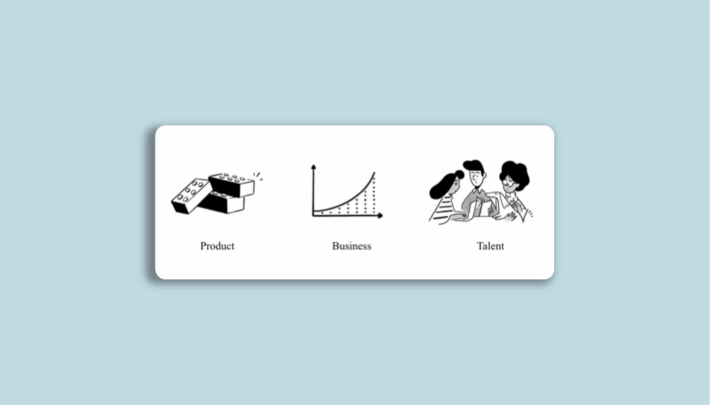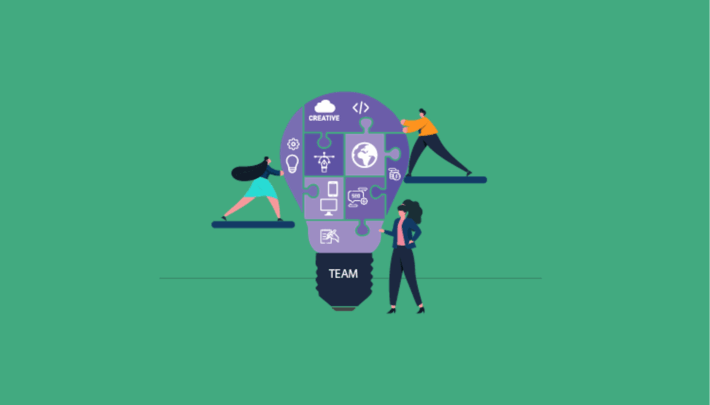Why Onboarding and Education Drive Real Product Stickiness

In the world of product development, it’s easy to get caught in the gravitational pull of the feature factory. Customers churn? Add a feature. Engagement lagging? Launch something shiny. But after years of scaling products at Vindy and Xima, I’ve learned this: product stickiness rarely comes from a bigger roadmap. It comes from a clearer one.
Product stickiness isn’t about what your product does. It’s about how well your users understand and experience what it does. That’s where thoughtful onboarding and education step in—and why they often outperform any new feature you could ship.

Onboarding is the New MVP
At Xima, we built robust call analytics and workforce optimization tools for contact centers. And like many SaaS tools, we packed in features—deep reporting, intelligent routing, scheduling algorithms. But when we zoomed out to understand why accounts churned after a few months, the culprit wasn’t missing functionality. It was confusion.
The problem wasn’t that the product couldn’t solve their problem—it’s that users didn’t know how to unlock its value. Our default onboarding (read: a help center article and a kickoff call) wasn’t cutting it. We needed to treat onboarding like part of the product.
We rebuilt onboarding into a guided experience that included:
-
Contextual walkthroughs tied to actual job tasks
-
“First win” moments delivered in the first 10 minutes
-
Role-based learning paths (admins vs. agents vs. supervisors)
-
In-app education nudges, not buried documentation
The result? A 23% lift in trial-to-paid conversion and significantly longer average retention across mid-market accounts.
Education Scales Better Than Features
At Vindy, we faced a different challenge: helping independent stores purchase smarter through marketplace data. The product itself was straightforward—but the problem space was not. Store managers often didn’t realize how much they were overpaying for books or how to operationalize smarter buying.
We made a strategic decision early on: instead of pumping features into the dashboard, we invested in user education. Weekly email tips, “what to buy this week” playbooks, and bite-sized LMS modules helped users build habits. We weren’t just selling a tool—we were coaching a behavior.
When education is embedded into your customer journey, your product becomes more than software. It becomes a system. And systems are harder to leave behind.
A Thoughtful Framework for Product Stickiness
If you’re leading a product team or company, and you’re stuck in the churn/feature/churn loop, I suggest stepping back and considering this framework:
-
Map the Value Journey
What does a “hero user” look like 30 days in? Reverse engineer the journey. What actions, education, and feedback loops are essential? -
Instrument Learning Moments
Treat education like a product feature. Track engagement with onboarding, training content, and help center searches. If no one uses your resources, your users are not learning. -
Invest in Just-In-Time Guidance
Tooltips, modals, walkthroughs—sure. But don’t just bombard users with pop-ups. Make them contextual. If a user is stuck exporting data, show a video right there, not a link to your YouTube channel. -
Build for Habits, Not Hype
A flashy new feature creates a dopamine hit. A well-formed habit creates retention. Teach users how to make your product part of their daily workflow. -
Measure Education ROI
Track cohorts that engage with your onboarding and educational content. Compare their activation, expansion, and churn rates. The data will tell you what features never could.
Final Thoughts
The truth is, most of your users don’t need more features—they need more clarity, confidence, and context. They need to know what your product can do and why it matters to them.
New features might win a headline. But real product stickiness—the kind that drives sustainable growth—comes from making users feel competent, successful, and supported.
If you’re trying to reduce churn or increase expansion, don’t ask “What can we build next?”
Ask, “What do our users still not understand?”
Then teach them. That’s the real unlock.



